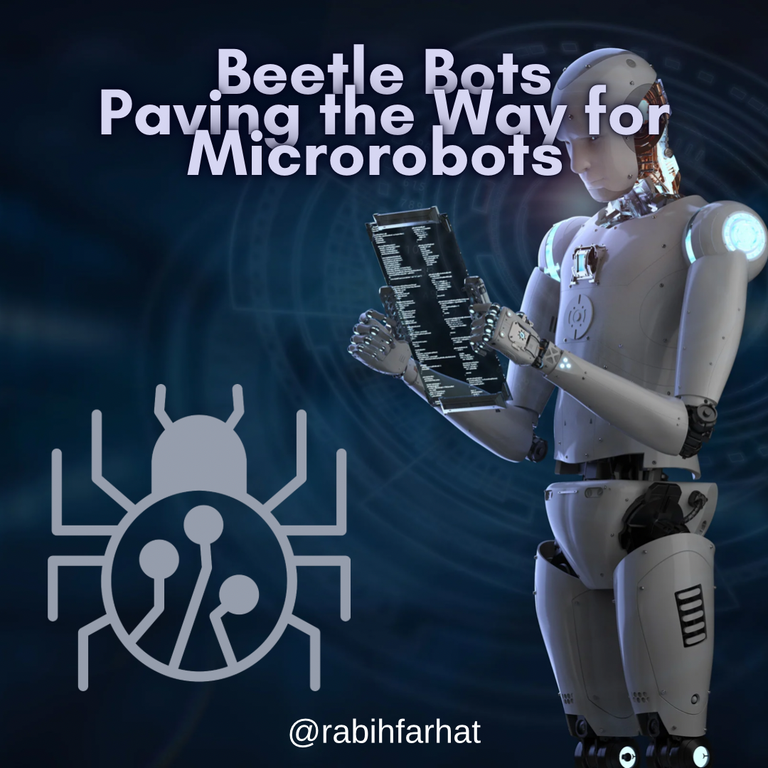Introduction
Technology can learn from the nature, just like the flight
mechanisms of birds and insects. Each uses a unique set of muscles to power its
wings. However, the smallest insects present a particularly interesting case,
with ongoing debate among scientists about whether they use muscles to control
their wing movements.
Beetles provide an amazing example with their complex flight
mechanism that includes a pair of rigid forewings, known as elytra, and a pair
of foldable hindwings. At rest, these hindwings are neatly folded under the
protective elytra, and before takeoff, the elytra open to release the
hindwings, which unfold in an intricate origami-like fashion (the Japanese art
of paper folding).

Despite extensive research into the deployment of beetle
hindwings, the way how they work has remained a mystery. Until lately,
researchers were able to find a very important discovery. They have reached that
beetle hindwings are operated using muscles as previously assumed.
Using high-speed cameras and robotic models, they
demonstrated that the elytra play a crucial role in deploying and retracting
the hindwings, while flapping forces facilitate the opening of the wings. This
discovery not only advances our understanding of beetle flight, but also holds
great potential for the design of micro robots capable of navigating in
confined spaces.
To uncover this mechanism, scientists fixed a camera to the
back of a rhinoceros beetle and captured its wing motion with three
synchronized high-speed cameras running at 2,000 frames per second. The footage
revealed that the unfolding of the elytra leads to partial release of the hindwings.
When the beetle begins to flap its wings, the base of the hindwing rises,
causing the wings to fully open.
The key now is to verify these findings. They removed a
single hind wing from a beetle and attached it to a specially designed flap
mechanism that replicated the beetle’s wingbeats. By simulating the beetle’s
flap frequency of about 38 wingbeats per second, they observed the same wing
lift and spread, confirming that muscles were not responsible for the process.
Further experiments showed that it was the hind wings, not the muscles that
facilitated the retraction of the wings after flight.
The discovery has moved beyond entomology to the field of
robotics. Understanding the mechanism of passive deployment and retraction of
beetle wings could inspire the design of more efficient flying micro robots.
Indeed, these principles have been used to develop an 18-gram micro robot. This
robot uses a motor to activate the wing flapping and passive wing deployment,
allowing it to take off, fly and land smoothly. The wings retract automatically
upon landing without the need for additional motors, making the robot
particularly suitable for navigating crowded and confined environments.
Conclusion
These results highlight the potential for natural
evolutionary solutions, where the synergies of control and physical
interactions are leveraged to reduce complexity, save energy, and enhance
flexibility. By mimicking these natural strategies, engineers can create more
sophisticated and efficient robotic systems.
This is a significant step forward in the field of robotics.
In the near future we might be able to see these small robots deployed in a
variety of scenarios, we can see them helping in search and rescue operations
and maybe in exploration in dangerous environments.
*Image designed using Canva
Posted Using InLeo Alpha